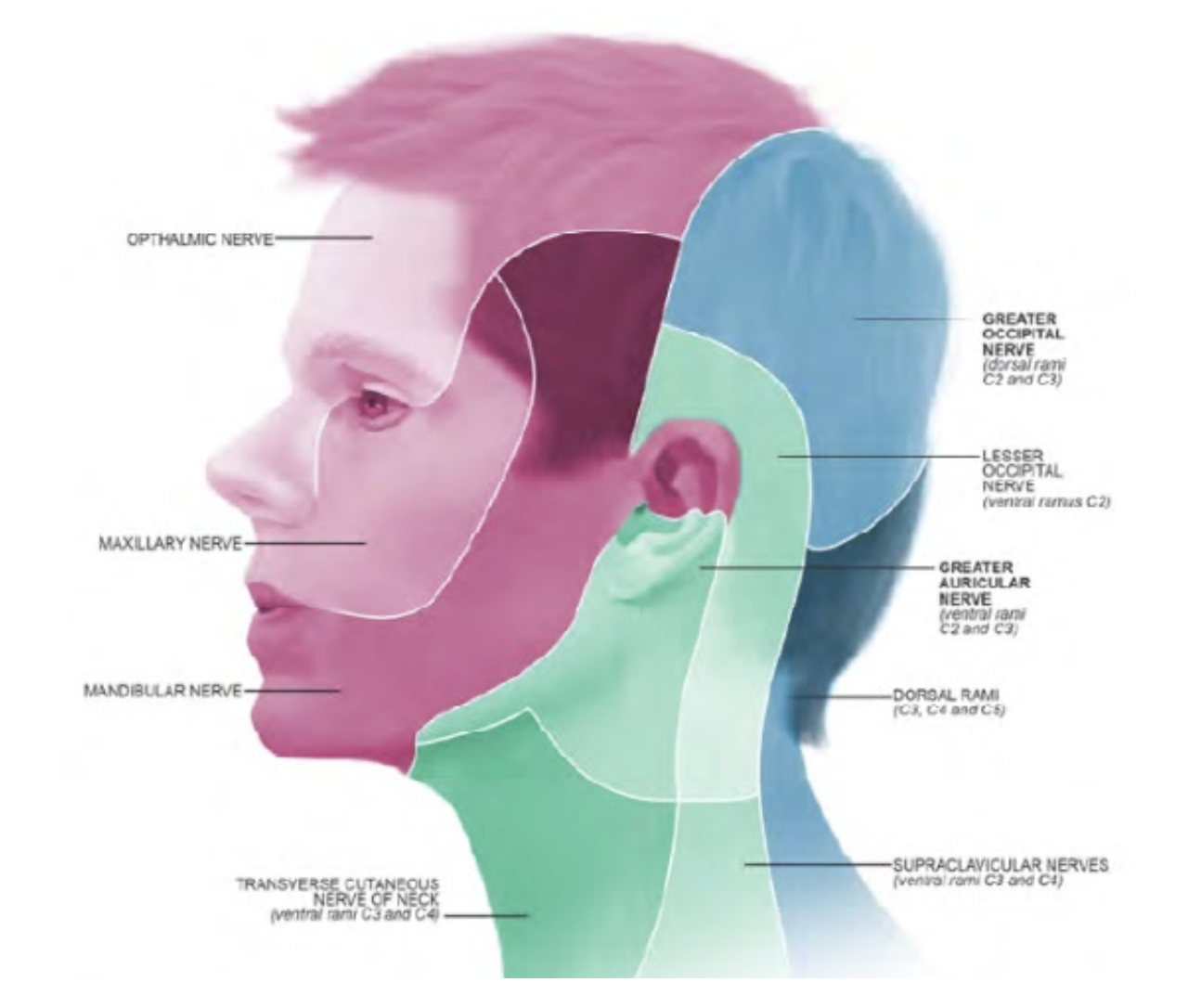
NEUROGENIC HEADACHE AND NECK PAIN IN ATHLETES
CONNOR ARQUETTE M.D., CATHERINE CURTIN M.D.
Introduction
Head/neck pain is common in elite athletes but the diagnosis and treatments are often not clear. Nerve injury/compression represents a head/neck pain pathology that has historically been underrecognised and requires a specific treatment plan1. Athletes commonly suffer head and neck trauma and these injuries can result in swollen, painful nerves. Identifying nerve compression is critical as effective treatments are available. Unfortunately, too often, nerve compression is missed leading to persistent suffering and inability to return to play.
The recognition of the morbidity caused by painful compressed nerves in the head and neck has blossomed over the last twenty years. Dr. Guyuron serendipitously noticed the role of compressed nerves in pain in his plastic surgery practice. He then proceeded to study in detail the pathology and demonstrate the efficacy of surgical decompression2. Since his 2000 paper, his work has provided a guide to the nerves at risk of compression and others have built upon this foundational knowledge improving our care of these patients3. Now physicians are better equipped to diagnose and treat these painful nerves.
Athletes represent a population with unique risks for nerve injury and compression. In many sports, play puts the head and neck at risk for blunt forces or whiplash. Whiplash is a sudden forceful flexion and extension of the neck and occurs in many high-impact sports4. Concussions and traumatic brain injury also occur frequently in sports and there are international efforts to minimize their impacts5. After whiplash or concussion, many athletes experience post- traumatic headaches with the prevalence of acute post-traumatic headache as high as 90%. At 6 months post-injury, 30–50% of patients still experience headaches. It is now clear that a portion of post-traumatic head pain is caused by peripheral nerves that become swollen and subsequently compressed6. This article will provide information regarding relevant nerve anatomy and clinical presentations to aid in recognition, treatment, and return to play.
